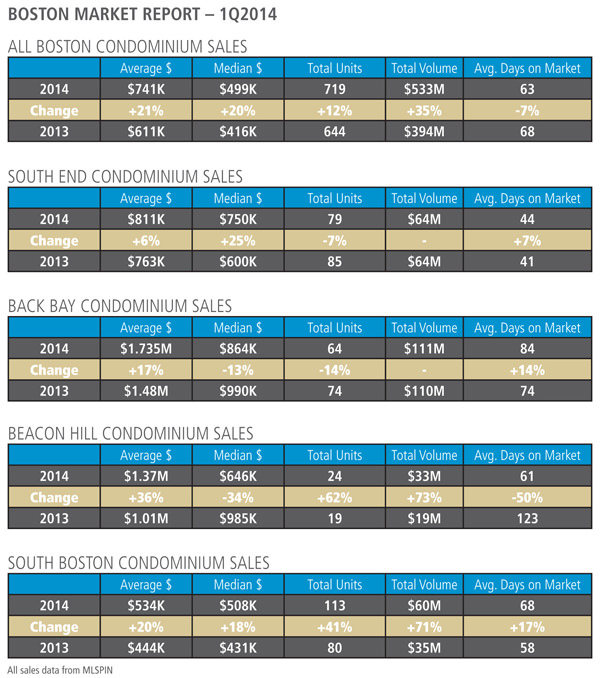great post by Scott!
From Tabloid to Hip Condos
Location, location, location – that’s what real estate is all about. And the new Ink Block, taking shape where the South End meets Chinatown, has it in spades.
The glitzy glass-and-steel, six-building condo and apartment development is taking shape on Harrison Ave., where the big old brick red Boston Herald building stood until it was demolished last year.
As a reporter at the Herald back in the 2000s, the location couldn’t be beat. Need to get to Beacon Hill? No problem, that’s a 20 minute walk. Press conference in the Back Bay – be there in 15 minutes. Hungry? Let’s head across the street to Chinatown. Or for that matter, around the corner to the South End, a restaurant paradise. No car needed – just you and your two feet. (OK, I’m tall and a pretty fast walker, but still.)
That location, which was great for reporters, will be even better for the residents of the $500 million Ink Block, with the city and its attractions literally at their feet.
A total of six buildings are planned, each featuring a unique design inspired by the South End and intended to be an antidote to the Boston’s increasingly hard to tell apart bevy of new luxury condo towers, Ted Tye, managing director of National Development, tells me.
“There is so much being built in the city these days that is very generic – you can’t tell whether you are in the Seaport, the Back Bay, or the South End,” Tye says.
More than 60 percent of the units at the Sepia, the project’s 83 unit condo building, are already spoken for, Tye tells me. (Herald, Ink Block, Sepia – you get the theme.)
Prices range from $500,000 for a studio to over $2 million for a penthouse unit. The condos come with balconies large enough to actually recline in a chair and take in the city skyline, with a neat rooftop hangout spot, complete with an outdoor kitchen.
The developer’s initial proposal to build condos at the Herald site drew its fair share of skeptics a few years back, with condos still recovering from the downturn. Now demand is soaring, condos are hot, and Tye feels vindicated.
“On Sepia, the idea has been to create luxury condos and really take advantage of being in the South End,” Tye said. “We bet a couple years ago the condo market would come back. We took a risk.”
Beyond skyline views – the project is taking shape roughly where the Herald’s publisher once held court in a suite facing the city – some additional treats are in store as well for Sepia residents.
A 50,000 square foot Whole Foods is also taking shape at the site, along with a bevy of what will hopefully be some hip new restaurants, in keeping with the South End’s proud culinary traditions.
There are also some extra perks for residents, who can enter the store directly from the Sepia without going outside, and then head back up the elevator, groceries bags in hand, to their condos. Or they can take a plunge in the rooftop pool that is being built on the roof of the grocery store.
Three apartment buildings are well underway now, with openings planned for early 2015.
Named Ink Block One, Two and Three, each takes a different design theme from the South End. Ink Block Two, for example, will feature loft style units with a black and white color theme.
While the Ink Block is a great launching pad from which to explore Boston, the immediate area around the project wasn’t always much to write home about.
In fact, the old Herald, when it was standing, was an outpost of zaniness amid a no-man’s land of sprawling parking lots, a homeless shelter, and the occasional streetwalker.
But the streets around the emerging Ink Block are on their way to becoming a residential hot spot, with a number of projects taking shape in the area.
The Ink Block itself was deliberately designed with six different buildings in a bid to give the project more a vibrant neighborhood feel, Tye notes.
Stay tuned.






